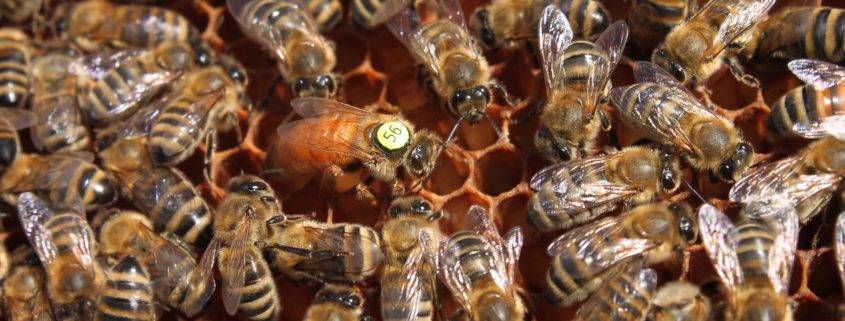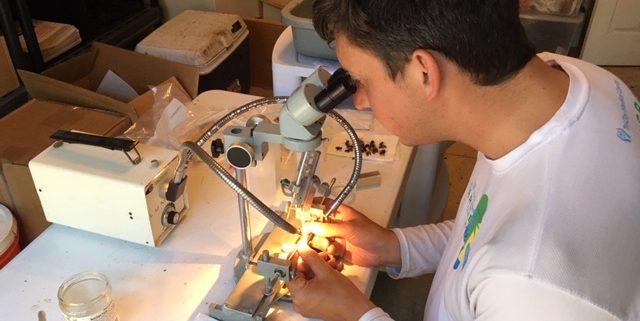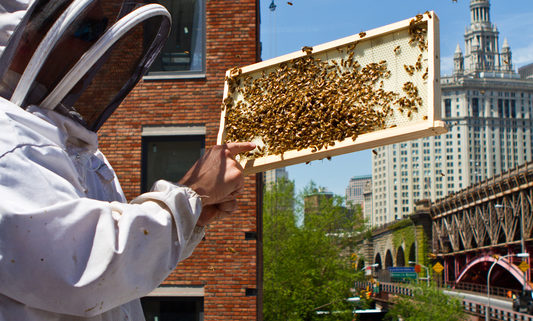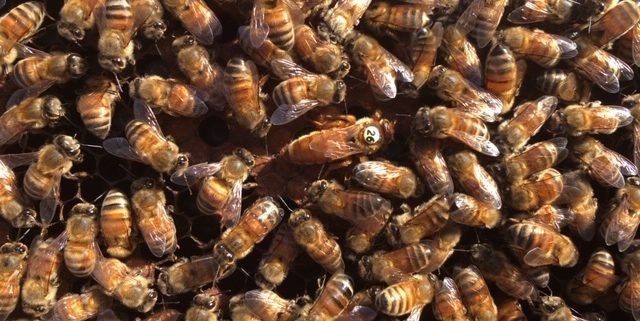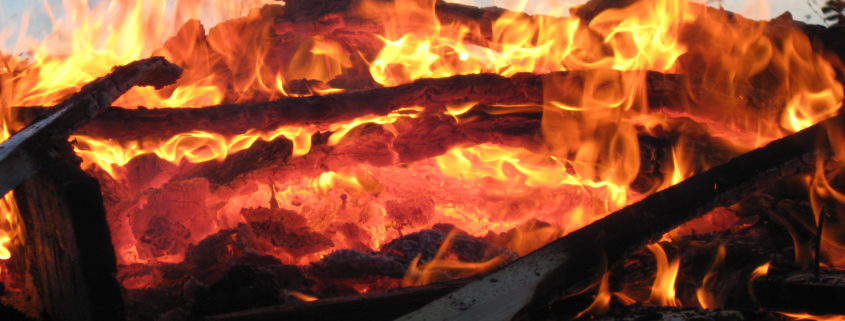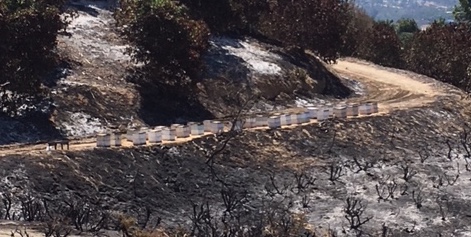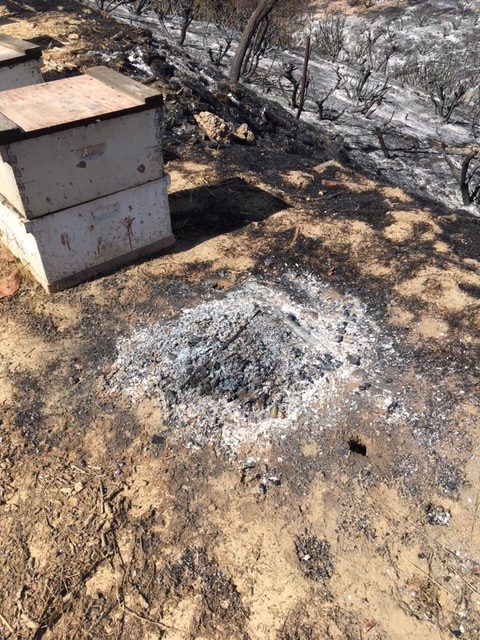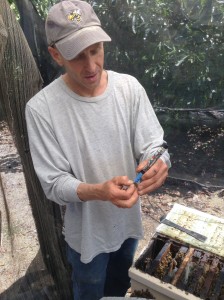The Curious Case of the Baby Bee
Unlike a bird, which hatches from an egg, or a mammal, which emerges from a womb, a baby bee enters the world through a more unusual portal – a capped honeycomb cell. This sealed chamber becomes its nursery, where it undergoes a metamorphosis from egg to larva to pupa before finally emerging as a fuzzy, wide-eyed adult.
A baby honeybee, uses its tiny mandibles to chew its way out of its honeycomb cell, marking its entrance into the busy world of the hive. However, these newborns lack the ability to sting or fly, so they spend their initial days within the safe haven of the hive, slowly developing their skills and strength before joining the bustling activity of the adult bees.
Unlike other animals whose bodies continuously grow and develop throughout their lives, newly hatched honeybees are unique in that they emerge from their honeycomb cells fully formed. Their exoskeletons, the hard outer shells that provide structure and protection, are already fully developed at birth. These baby bees, also known as callows, are far from the polished, hard-working insects we associate with honey production, however. Their appearance is a stark contrast to the seasoned bees buzzing around them. They often appear dazed and confused, their large eyes seemingly bewildered by the bustling hive. Their bodies, often lighter in color than the adults, are covered in a soft fuzz, giving them an endearingly awkward appearance.
This disoriented phase only lasts for a few precious hours, around 4-5. After that, the callow sheds its fuzzy coat and takes on the sleek, mature look of an adult bee. It joins the workforce, diligently contributing to the hive’s tasks, whether it’s foraging for nectar, tending to the young, or guarding the hive entrance.
The transformation of a baby bee is a testament to the remarkable adaptability and resilience of these tiny creatures. From their humble beginnings in a sealed cell to their vital role within the complex hive society, they offer a fascinating glimpse into the wonders of the natural world.

